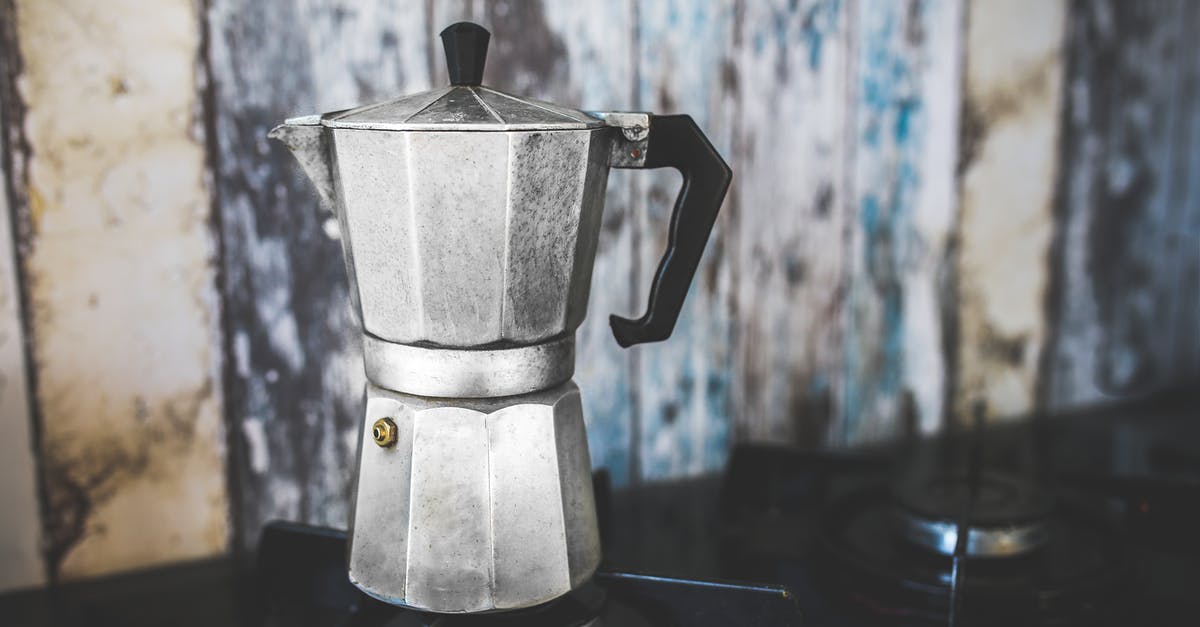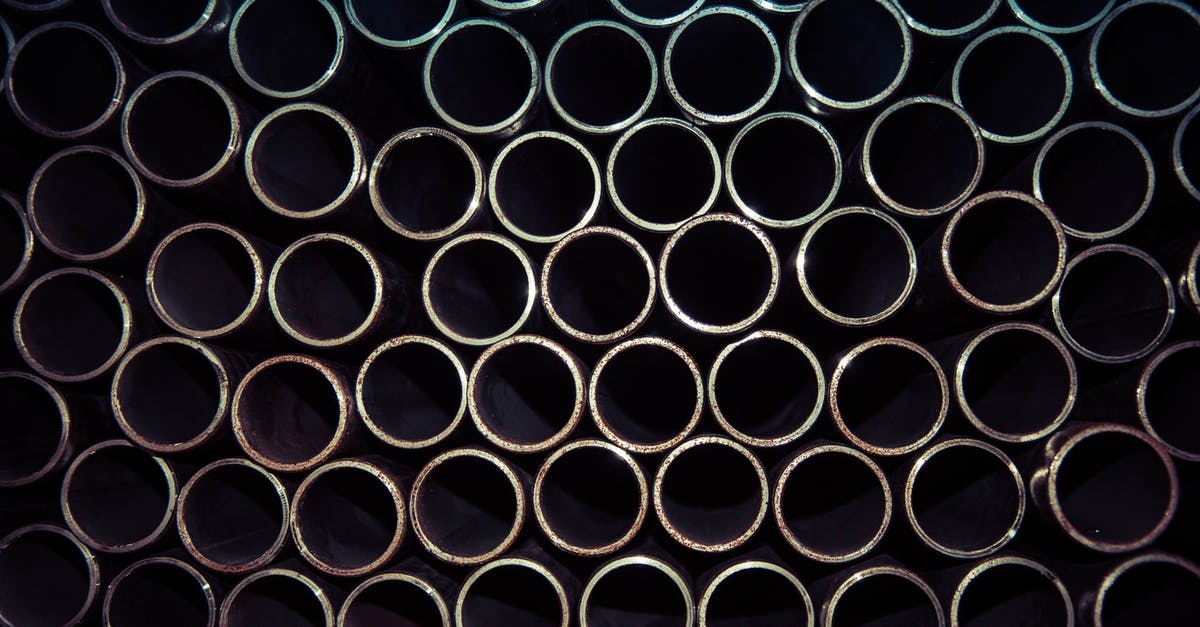What is "Food Grade" Stainless-Steel or Aluminum

After a comment by @Blacksmith37 after the question Are trace amounts of lead in seasoned bakeware safe? (comment in response to answer given by @SomeInterwebDev)
Blacksmith37 says: "Food Grade" got my interest , since I have never seen it in a specification. I checked the ASTM index , there are no :food grade" material specifications.
I've heard the term for years, but never really 'looked into' what it meant, rather taking the name at face value. Was further surprised to find no such question already present on SA...
What makes a metal, specifically stainless steel or aluminum, "food grade"?
EDIT: I guess I need to clarify, What I want to know is what qualities of these various grades and combinations make something "food grade"? Why is 304 or 10/8 food grade and 303 (assuming there is a '303') 'not food grade'. I found those articles that are being quoted so far and have 'the list' of 'food grade' stainless and aluminum. Also would like to know if there is a reference, at least for the US) where the FDA/USDA/NASA...whoever...blesses 304 etc and not others.
Best Answer
Here's a description for Stainless Steel. It applies in Canada, but is likely similar elsewhere:
Grades of Stainless Steel that are Safe for Food
There are 150 grades of stainless steel, but your container, cup or plate should be made from one of these (check the label):
304
The most commonly used food-grade stainless steel; it is used in food, dairy, brewing, hospital and sanitation applications.
316
The second most commonly used food grade, it has the same uses as above, but has better corrosion resistance because it includes more nickel than 304.
430
Products made from this food grade generally have less nickel content and a lower resistance to corrosion and temperature. It’s best to dry these containers right after washing.
You may also notice that products will say 18/8, 18/10, 18/0 beside the grade. The first number is the percentage of chromium that is contained in the stainless steel. The second number is the amount of nickel. The higher the numbers, the more rust resistant the product will be. Nickel is safe in small quantities but can provoke a reaction in people with an allergy to it. The average adult consumes between 150 to 250 micrograms of nickel per day. Small doses of chromium, like iron, are good for your health, but can be harmful in higher amounts—50 to 200 micrograms per day is considered safe. One meal prepared with stainless steel equipment (such as stainless steel pots and pans) gives you about 45 micrograms of chromium, according to Health Canada.
And Aluminum is typically Alloy 1100:
Alloy 1100: This grade is commercially pure aluminum. It is soft and ductile and has excellent workability, making it ideal for applications with difficult forming. It can be welded using any method, but it is non heat-treatable. It has an excellent resistance to corrosion and is commonly used in the chemical and food processing industries.
Personal Opinion
It sounds like one of the biggest factors is corrosion resistance. My understanding of food grade materials is that they are mostly looking for material that is free of toxic materials (like lead, or nickel and chromium in higher quantities), and are resistant to harboring bacteria. By their nature, new aluminum and stainless steel meet these criteria, but the ones listed above provide more resistance over time.
I also couldn't find an official requirement, these seem more like guidelines that are followed by the food industry, possibly encouraged by a discerning public. Canadian Family, for example, recommends to check the label, suggesting some manufacturers don't follow these guidelines.
Pictures about "What is "Food Grade" Stainless-Steel or Aluminum"



Is it better to get aluminum or stainless steel?
When comparing stainless steel vs aluminum, stainless steel has much better resistance to heat with a melting point of 2500 \u2109, while aluminum becomes very soft around 400 \u2109 with a melting point of 1220 \u2109. However, aluminum has the advantage over steel in cold temperatures.Which is more durable stainless steel or aluminum?
Aluminum is fairly soft and easier to cut and form. Due to its resistance to wear and abrasion, Stainless can be difficult to work with. Stainless steels are harder and are especially harder to form than aluminum.Which steel is best for food?
Most importantly though, stainless steel is a safe option when it comes to use with food and beverage, as there are no chemicals that can migrate into your food from these products.Does stainless steel effect food?
While stainless steel is better at resisting metal leaching than other types of cookware, the typical 18/10 (304) grade of stainless steel used in most cookware can still leach metals into your food.SS304 vs SS316
More answers regarding what is "Food Grade" Stainless-Steel or Aluminum
Answer 2
Cos, I am not a metallurgist, so I cannot vouch for the authority of this site, but it is a starting point for US rules. https://www.marlinwire.com/blog/food-safe-metals-for-sheet-metal-wire-forms. They list a couple of grades of steel, namely Grade 304 and Grade 316 stainless that are approved, and some general guides as to what metals are inspected for (FDA):
It must not allow the migration of “deleterious substances or impart colors, odors, or tastes” to food
Be “durable, corrosion-resistant, and nonabsorbent”
Possess sufficient “weight and thickness to withstand repeated warewashing”
Be “finished to have a smooth, easily cleanable surface”
Have resistance to “pitting chipping crazing, scratching, scoring, distortion, and decomposition”
In general though, stock metals would be rated for reactivity, finish, a number of factors, and are assigned industry names or titles, and by grade those are declared food grade or not. Non-food grade metals can be treated as food grade for storage by putting a protective coating, but that would not make them food grade for cooking, only for storage. Cast Iron tends to be the opposite, approved for cooking, but not for storage as it is reactive to acids and porous.
Plastics are the same way, some are way too porous and absorbing to be used for food. We tend to assume that if it is being sold as a kitchen item it is food safe, and usually that is likely true. I only think it is an issue if we are attempting to adapt something which was not manufactured for food use, though there have been far too many instances of imported items into the US and EU that have blatantly violated manufacturing rules and skipped merrily past inspections making many of us edgy of certain countries of origin.
Edit from material provided from the NSF Food Equipment Materials Standard The attached document from the NSF provides clear criteria and test methodology for features like 'cleanability'(section 5) 'corrosion resistance' (6) and then in section 7 lays out requirements for materials.
7.1 Stainless steel 7.1.1 Stainless steel used in food equipment shall be of a type in the AISI 200 series, AISI 300 series, or AISI 400 series . 7.1.2 When used in a food zone, stainless steel shall have a minimum chromium content of 16%. Stainless steel with a chromium content of less than 16% may be used for cutlery, blades, and similar applications requiring a sharp edge, provided the alloy has been hardened or tempered by an appropriate post-weld heat treatment process.
... 7.2 Aluminum Alloy ...
7.3 Copper and Copper Alloys ... and it goes on.
While the term 'food grade' is never used this certainly looks like a standard that would be 'commonly referred to' as 'food grade'
Answer 3
I had only read through the FDA food code 2009 previously. No mention of specific grades. The USDA stuff tends to focus on the specifics of industrial food processing, something which I don't know much about.
- Stainless Steel: Shall be of the AISI 300 series or corresponding ACI types or stainless steel that is non-toxic and non-absorbent and which under conditions of intended use is equal in corrosion resistance to stainless steel of the AISI 300 series (excluding types 301 and 302) or corresponding ACI types; or, other metal which under the conditions of intended use is at least as corrosion resistant as the forgoing types, and is non-toxic and non-absorbent.
The data for AISI 300 series are contained in the AISI Steel Products Manual, Stainless & Heat Resisting Steels, December 1974, Table 2-1, pp. 18-20. Available from the Iron and Steel Society, 410 Commonwealth Drive, Warrendale, PA 15086 (412-776-9460).
The data for ACI types are available from the Alloy Casting Institute Division, Steel Founders Society of America, Cast Metal Fabrication Bldg., 455 State St., Des Plaines, IL 60016 (708-299-9160).
AISI 400 series may be used for specified applications such as cutting blades and associated parts when hardening characteristics are required.
- Aluminum: Aluminum is satisfactory for certain butter and dry products applications. Aluminum may be used for liquid or high moisture content product contact surfaces only when a specific functional requirement exists and the parts are not subjected to strong caustic cleaning solutions or to the corrosive action of dissimilar metals.
The aluminum type chosen for the application shall be demonstrated to be appropriate and acceptable for the intended use. (Provisions have been made in existing 3-A Standards for Aluminum Association designations 5052, 6061, 6063, A-360, A-380, A-319, A-315G, and C-413, Danish Standards DS #3002 and #4261, and ASTM standards B179, and S12c for certain specified uses.)
Answer 4
Lots of misleading info above; I are a metallurgical engineer, I was a voting member of ASTM "A" committees - iron and steel. There is much information in Wikipedia, mostly correct. I looked in ASTM ( the bible of materials and testing) index volume 00.01 ; there are no "food grades " listed.The closest spec is A270 Austenitic Sanitary Tubing ( for the dairy industry). From its number it was first written in the 1940's ( and revised every 5 years). BUT , no other product specs were ever written indicating no need for a "food" designation in the real world . Other products are: pipe ,plate, sheet, bar, forgings, wire, castings, etc. Stainless' 304 and 316 are the 18-8 austenitic ( typically of non-magnetic), the difference being 316 contains molybdenum ( not a factor of nickel ). Aluminum cookware is typically 1100 ( sort of pure aluminum) if wrought , And high silicon ( forget the number ) or 356 if cast . ( 356 is known to some as "sweeps" alloy because everything swept off the foundry floor goes into it.) You folks are going to get more confused trying to learn metallurgy in this venue.
Sources: Stack Exchange - This article follows the attribution requirements of Stack Exchange and is licensed under CC BY-SA 3.0.
Images: Kaboompics .com, Pixabay, Soloman Soh, SHOCKPhoto by Szoka Sebastian
